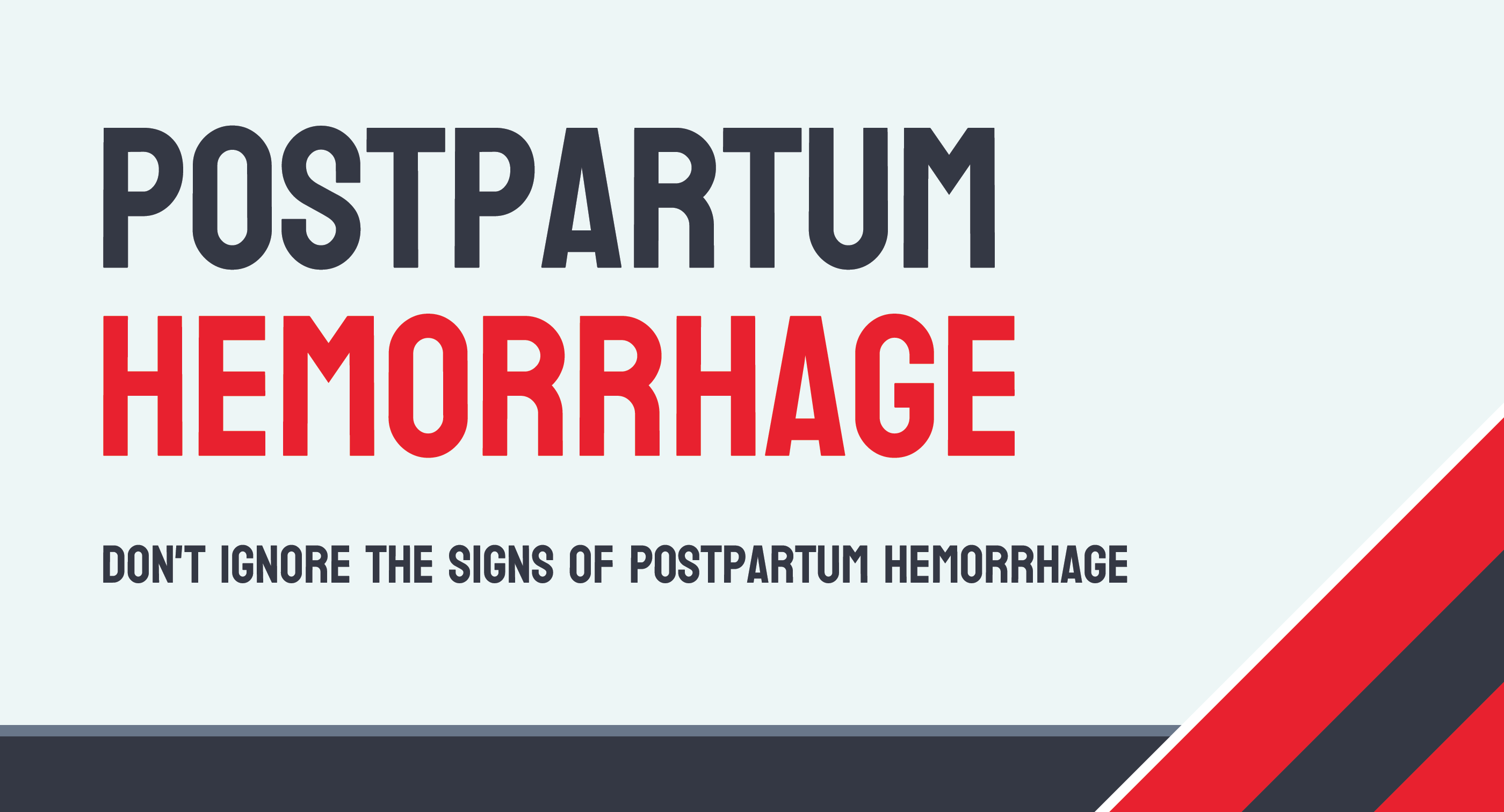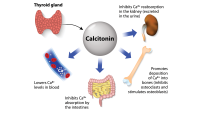Quick response aids appropriate treatment.
- Postpartum hemorrhage is the most common obstetrical emergency and the leading cause of maternal morbidity and mortality worldwide.
- Prevention, early identification, and timely management are crucial to prevent maternal death.
- Administering uterotonic medications are the first-line treatment due to uterine atony, followed by volume repletion though crystalloids or blood administration.
Freya Jenkins*, a 22-year-old woman, delivers 32 week gestation triplets via cesarean birth. In the operating room, she experienced quantitative blood loss of 1,050 mL (abnormal blood loss after cesarean birth is ≥1,000 mL). Ms. Jenkins had one cesarean birth prior to this delivery.
Before taking Ms. Jenkins to the NICU to see her triplets, the postpartum nurse takes her vital signs, which are HR 90 bpm, RR 16 breaths per minute, and BP 105/71 mmHg. In the NICU, the NICU nurse, Katie, asks Ms. Jenkins how she’s feeling. She says she feels a bit weak.
Secondary postpartum hemorrhage: Risk factors, assessment, and intervention
Assessment
When Ms. Jenkins stands from her wheelchair, Katie notices that the absorbent pad is soaked with blood. Ms. Jenkins stumbles backward and says, “I feel like I’m going to pass out.” Katie, noting that Ms. Jenkins is diaphoretic and pale, activates the RRT and guides the patient back to the wheelchair. The RRT takes Ms. Jenkins’ vitals, which are now HR 114 bpm, RR 24 breaths per minute, and BP 85/58 mmHg. The team initiates external uterine massage and transfers the patient back to the postpartum unit to treat postpartum hemorrhage (PPH).
Interventions and outcome
In the postpartum unit, the obstetric hemorrhage team focuses on identifying the cause of the bleeding using the four Ts (tone, trauma, tissue, or thrombin) and then initiating treatment. After a rapid assessment and pelvic exam, the provider manually extracts clots and identifies a soft, “boggy” uterus, which points to uterine atony as the cause of bleeding.
The team continues bimanual external uterine massage and inserts a urinary catheter to empty the bladder. The nurse places two large-bore I.V. lines to prepare for administering crystalloids and blood products. Oxytocin (40 units) is added to 500 mL of lactated ringers and administered wide open. The nurse monitors Ms. Jenkins’ vital signs and measures blood loss.
Ms. Jenkins’ uterus doesn’t respond to treatment. After ensuring that the patient has no history or presence of maternal hypertension, the provider orders intramuscular injection of methylergonovine (0.2 mg/1 mL), a uterotonic drug, every 2 to 4 hours as needed until bleeding has stopped. Ms. Jenkins stabilizes as the fundus regains tone and bleeding decreases.
Education
PPH, the most common obstetrical emergency, is the leading cause of maternal morbidity and mortality. It’s defined as cumulative blood loss ≥1,000 mL or any blood loss accompanied by signs and symptoms of hypovolemia (such as tachypnea, tachycardia, hypotension, weakness, and sweating) within 24 hours of vaginal or cesarean delivery. Uterine atony (the failure of the uterus to contract) is attributed to 70% to 80% of PPH cases. Other causes include retained placental fragments, perineal lacerations, uterine inversion, coagulation disorders, and abnormal implantation of the placenta.
If bleeding doesn’t subside with the use of uterotonic medications, tranexamic acid, an antifibrinolytic agent, may be indicated. More invasive treatments (balloon tamponade, vacuum-induced suction device, or surgical interventions) may be necessary.
Identifying patients at risk for PPH before delivery allows for planning the most appropriate route and timing of delivery. Risk factors for uterine atony include a high number of births, excessive oxytocin use, general anesthesia, and increased uterine distension. Early identification of PPH (assessing for risk factors and closely monitoring volume status, vital signs, uterine/bleeding status, and how the patient is feeling) can improve outcomes.
PPH uterine atony: Recognition and management
Uterine atony is the most common cause of postpartum hemorrhage (PPH). Know the risk factors, signs, and symptoms to ensure prompt appropriate management.
Risk factors
- Administration of magnesium sulfate
- Chorioamnionitis
- High maternal parity
- History of PPH
- Labor induction or augmentation
- Macrosomia
- Multiple gestation
- Polyhydramnios
- Prolonged labor
- Uterine fibroids
Recognition
- Blood loss ≥1,000 mL OR
- Blood loss accompanied by signs or symptoms of hypovolemia (tachycardia, tachypnea, dizziness, hypotension, loss of consciousness, weakness, sweating)
Management
After determining PPH etiology, treat accordingly.
Follow comprehensive unit protocol for PPH management, which should outline a sequence of interventions until bleeding is controlled:
- Uterine massage
- Ensure I.V. access
- Increase I.V. fluids
- Administer uterotonic medications based on patient’s history (oxytocin, methylergonovine, carboprost, misoprostol)
- Administer tranexamic acid
- If medications are ineffective, intrauterine balloon tamponade or vacuum-induced suction device may be used
- Blood product replacement
- Surgical interventions
*Names are fictitious.
Kailey Rinaldi is an assistant professor at the University of South Florida College of Nursing in Tampa. Allyson Duffy is an associate professor and regional director at the University of South Florida College of Nursing in St. Petersburg and Sarasota.
American Nurse Journal. 2024; 19(2). Doi: 10.51256/ANJ022433
References
American College of Obstetricians and Gynecologists. Practice bulletin no. 183: Postpartum hemorrhage. Obstet Gynecol. 2017;130(4):e168-86. doi:10.1097/AOG.0000000000002351
American College of Obstetricians and Gynecologists. Safe Motherhood Initiative: Obstetric hemorrhage. 2020. acog.org/community/districts-and-sections/district-ii/programs-and-resources/safe-motherhood-initiative/obstetric-hemorrhage
Belfort MA. Overview of postpartum hemorrhage. UpToDate. September 18, 2023. uptodate.com/contents/overview-of-postpartum-hemorrhage
Belfort MA. Postpartum hemorrhage: Medical and minimally invasive management. UpToDate. November 7, 2023. uptodate.com/contents/postpartum-hemorrhage-medical-and-minimally-invasive-management
Wormer KC, Jamil RT, Bryant SB. Acute postpartum hemorrhage. StatPearls. May 8, 2023. ncbi.nlm.nih.gov/books/NBK499988
Key words: postpartum hemorrhage, obstetrical emergency, uterine atony, maternal death



















1 Comment. Leave new
I find the nursing journal very informative
Especially when it come to educational purposes.